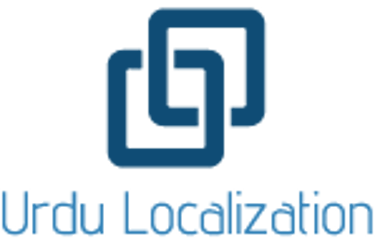
Urdu Translation Challenges: Why Experts Matter
2 min read

The growing demand for Urdu content in the digital landscape has highlighted the complexities of translating from English to Urdu. While Urdu is a beautiful and culturally rich language, its linguistic structure and cultural nuances make it challenging to translate accurately and effectively. Relying on unqualified translators or automated translation tools often leads to errors, loss of meaning, and a disconnect with the intended audience.
Key Challenges in Urdu Translation
1. Complex Linguistic Structure
Urdu has a different grammatical structure compared to English. Sentence construction, gendered nouns, and verb placement require careful attention to ensure translations are accurate and coherent.
2. Right-to-Left (RTL) Script
Urdu’s right-to-left script presents unique challenges for digital content, including website layouts, mobile applications, and user interfaces. Proper formatting is essential to maintain readability and functionality.
3. Cultural Nuances and Idiomatic Expressions
Literal translations often fail to capture the essence of idiomatic expressions and cultural references. What resonates in English may need complete rephrasing to make sense in Urdu.
4. Dialect Variations
Urdu, like many languages, has regional variations. Understanding these differences is crucial for creating content that feels authentic and relatable to different segments of the Urdu-speaking audience.
5. Tone and Formality
Urdu offers varying levels of formality, from poetic and highly formal to casual and conversational. Selecting the appropriate tone is vital to conveying the intended message and connecting with the target audience.
The Case for Professional Translation Services
Given these challenges, seeking professional help for Urdu translations is essential for businesses aiming to communicate effectively with this audience. Professional translation companies and experienced translators bring several key advantages:
1. Expertise in Language and Culture
Professional translators are well-versed in both the linguistic intricacies and cultural sensitivities of Urdu. They ensure that translations not only convey the correct meaning but also maintain cultural relevance.
2. Quality Assurance and Accuracy
Translation companies follow rigorous quality control processes to deliver accurate and polished content. This level of precision is crucial for maintaining brand reputation and delivering a seamless user experience.
3. Adaptation for Digital Platforms
Experienced professionals understand the technical requirements for translating content for digital platforms, including website localization, mobile app translations, and multimedia content adaptation.
4. Consistency Across Content
Maintaining consistency in terminology and tone across various content types is essential for brand identity. Professional translators use tools and glossaries to ensure uniformity.
5. Time and Cost Efficiency
Working with experts saves time and minimizes costly errors. High-quality translations done right the first time reduce the need for extensive revisions.
The Risks of Low-Quality Translations
Low-quality translations, whether from machine translation tools or inexperienced translators, often fail to capture the intended meaning of the source text. In Urdu, this problem is particularly pronounced due to the language’s complexity and cultural richness. Such errors can distort messages, alienate audiences, and damage brand credibility.
Investing in professional translation services ensures that content is not only linguistically accurate but also culturally resonant. For businesses seeking to connect meaningfully with Urdu-speaking audiences, professional expertise is a non-negotiable factor for success.
